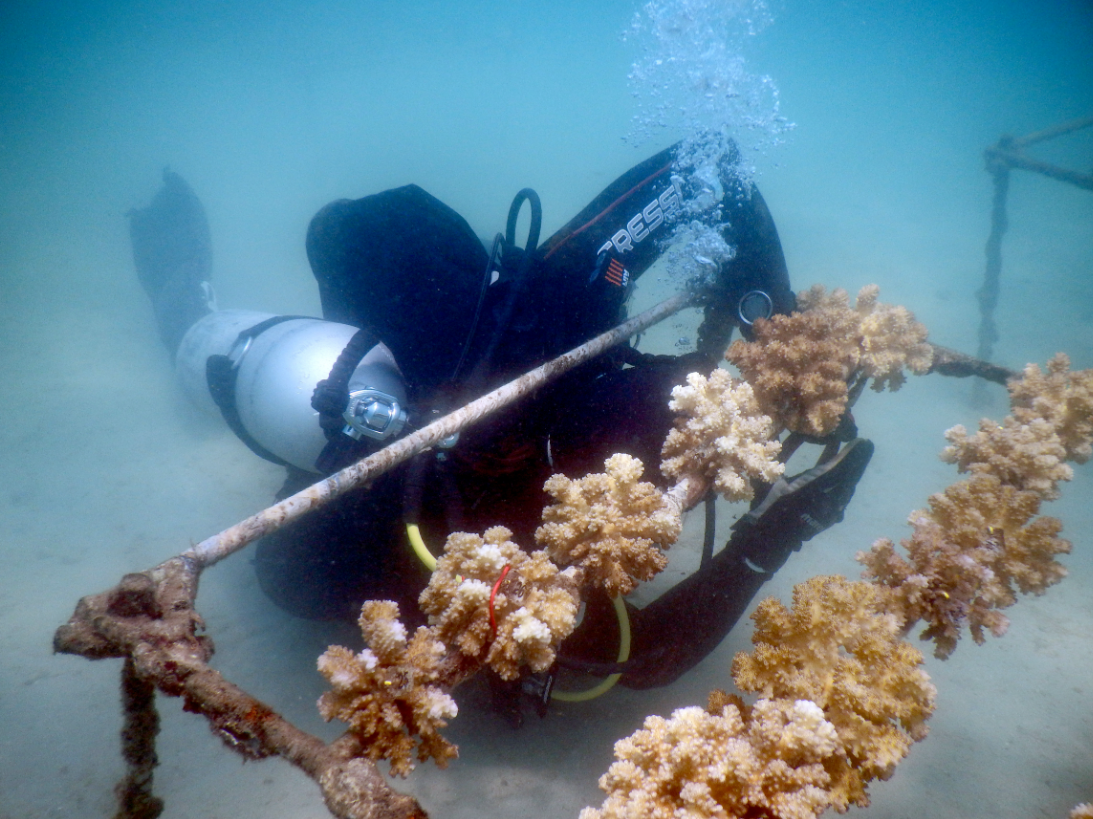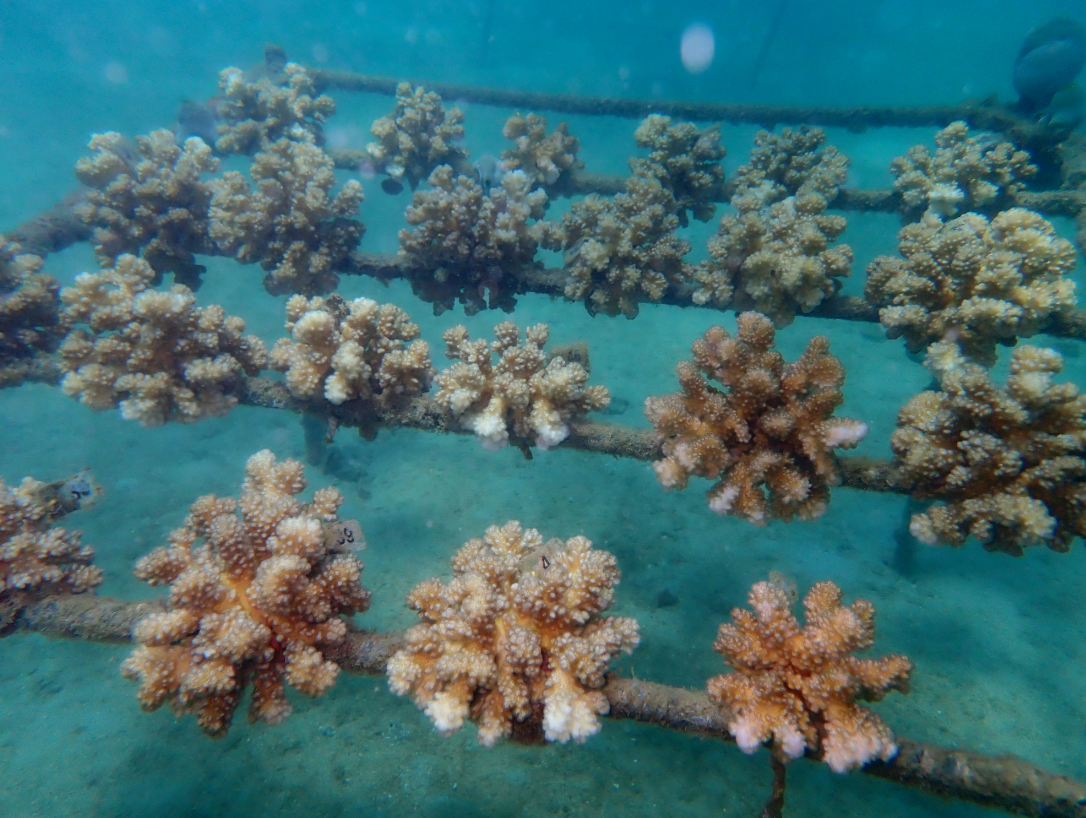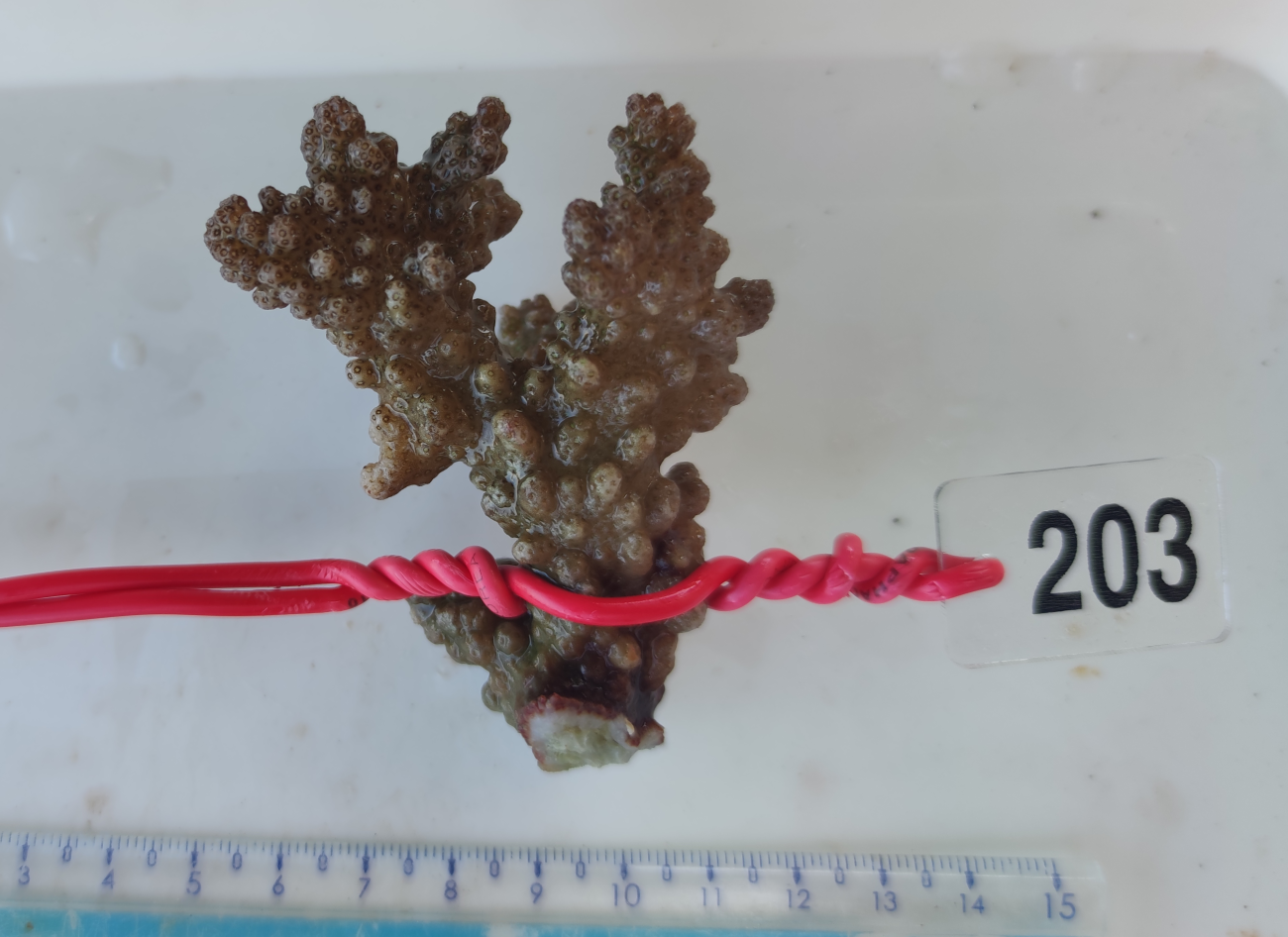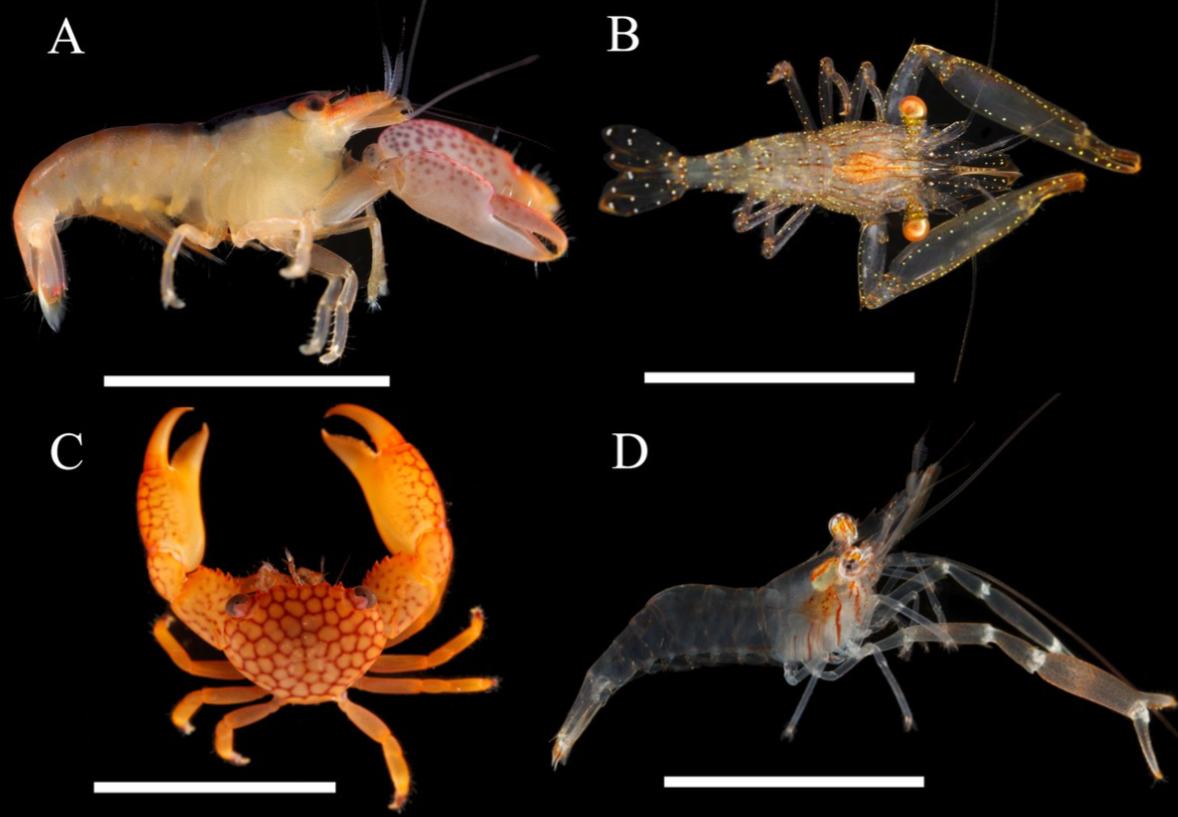
A series of experiments aimed at studying the symbiont fauna of corals of the genus Pocillopora showed how the size, health, age and even growth conditions of the host colony affect the animals living on it. The study was carried out at the Dam Bai Research Station (Vietnam), a region that is home to the richest obligate coral symbiont fauna in the world.
Employees of the Laboratory of Morphology and Ecology of Marine Invertebrates of the Institute of Ecology and Evolution of the Russian Academy of Sciences discovered that an increase in the size and density of host colonies causes both the enrichment of the symbiont fauna with new species and an increase in the number of symbionts themselves. Moreover, differences were shown in the response of different groups of symbionts to changes in the same properties of the host. Thus, as the planting density of hosts increased, the diversity and abundance of obligate symbionts increased, while these indicators of facultative symbionts, on the contrary, decreased. According to the working hypothesis, an increase in the number of obligate symbionts – “specialists” – increases competition with less adapted facultative symbionts – “opportunists”, which leads to a decrease in the number of the latter. Interestingly, the deterioration of hosts caused by seasonal bleaching (bleaching due to the release of symbiotic algae) had no noticeable effect on either obligate or facultative symbionts.

Among other questions that the laboratory staff answered, one stands out: how does the composition and richness of the fauna of coral symbionts differ between those grown in a nursery and grown in natural conditions? It turned out that the diversity of symbionts in the nurseries was comparable or even higher than that on a natural reef located nearby. However, the species richness and density of symbionts on naturally occurring host corals was still higher than on corals grown in nurseries.

The findings show that multiple coral farms can help restore not only damaged coral reefs, but also the specialized species of invertebrates and fish that live on the surface and inside coral colonies that need protection. Moreover, it is now clear under what conditions corals should be grown in nurseries to ensure the greatest richness and diversity of symbiont fauna.

The research was carried out with the support of the Russian Science Foundation (project No. 22–24-00836).
Detailed results of the work are presented in publications: Britayev T.A., Petrochenko R.A., Burmistrova Y.A., Nguyen T.H., Lishchenko F.V. 2023. Density and Bleaching of Corals and Their Relationship to the Coral Symbiotic Community. Diversity 2023, 15, 456. https://doi.org/10.3390/d15030456
Q2 Britayev T.A., Zvonareva S.S., Lishchenko F.V., Deart Y.V. 2023. Symbiotic communities associated with nursery-reared and natural corals: are they similar? Frontiers in Marine Science, 10 (2023). https://doi.org/10.3389/fmars.2023.1221922 Q1
